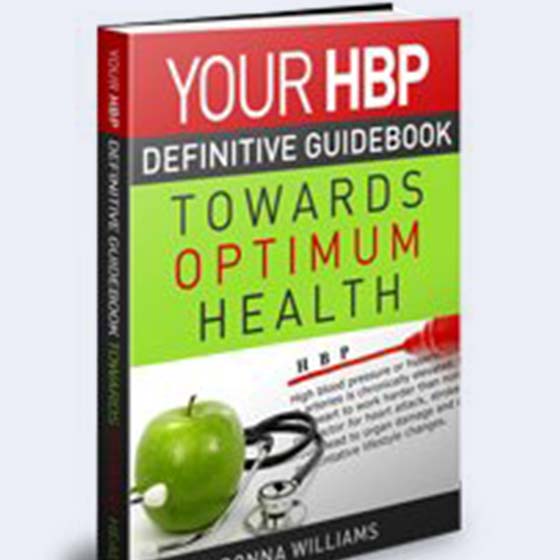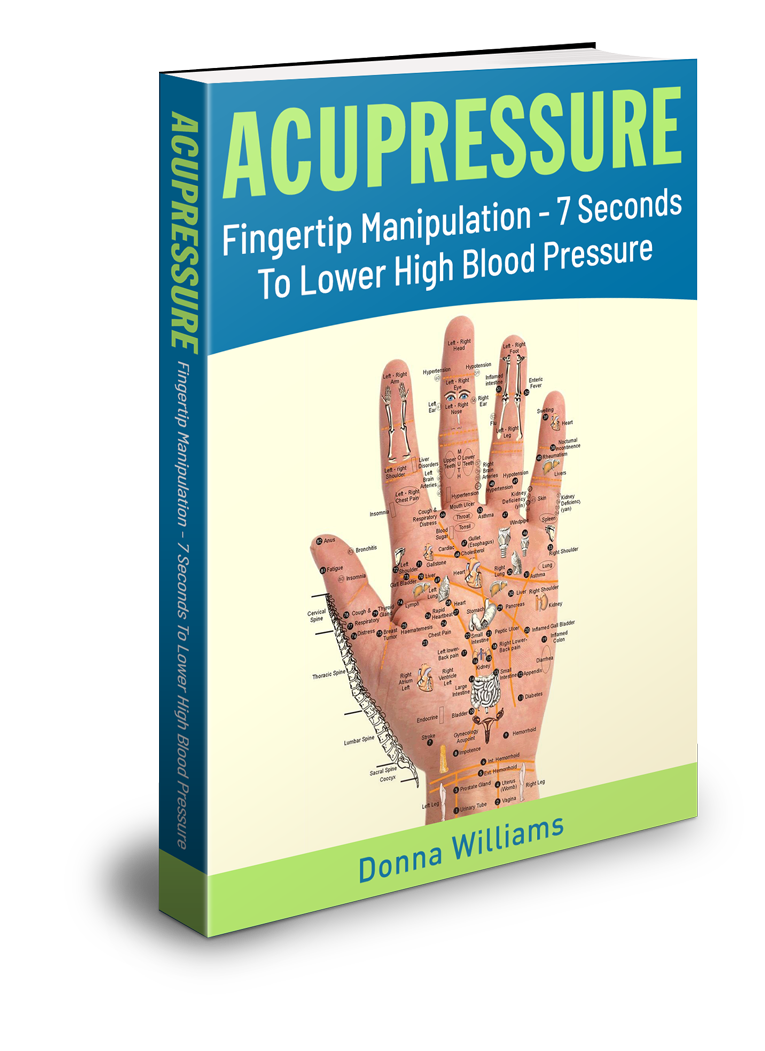Health is wealth, eat well to live well.
Join my community and receive my free ebook! Subscribe now >>
Checking Blood Pressure Levels
Checking blood pressure levels at home can also help you to identify many potential diseases that can affect your vision, heart and kidneys. Once you learn to measure your blood pressure accurately you can then monitor the severity of your illness and the measures you need to adopt to overcome it.
Below is one of the many methods of checking your blood pressure professionally.
Click here to share your story on how you are dealing with high blood pressure. View other's stories.
What You Will Need To Check Blood Pressure
This is old school but very reliable. You need a manual kit called sphygmomanometer similar to that your doctors uses.

Sphygmomanometer consists of stethoscope, a pumping bulb, pressuring guage and arm cuff. You can easily buy the kit here by clicking on the link above or from any health store, and if you are not certain take your doctor's advice on buying the best and most accurate monitoring kit.
Expensive kits come with much clearer sound which determines systolic and diastolic readings.
Stepwise Method
- Wrap arm cuff carefully around your left arm on the upper portion of your arm which is right above your arm fold by your elbow. Place stethoscope between arm fold and crease of the cuff.
- Place measuring meter on a surface near to you from where you can easily see the readings.
- Now inflate the arm cuff by pumping bulb until needle on measuring gauge reaches just above 170 or 20 points more than your expected blood pressure level.
- At this moment arm cuff must be tightly wrapped because of air.
- Now start deflating the cuff slowly with the help of screw attached to the pumping bulb. At some point you will start hearing a heartbeat. As soon as you hear the first pulse note as the ball slides down the reading on pressuring gauge, this is your systolic reading.
- Keep on releasing pressure until you reach a point where there is no pulse beat. Keep a blood pressure chart, and write down the reading right after the last pulse you identify. This is your diastolic value.
- Deflate the cuff completely and remove it. Repeat the process after ten minutes and average the two results.
Precautions To Take When Checking Blood Pressure
- Wear a short sleeves or sleeveless shirt when measuring blood pressure.
- Sit in a relaxed position and place your arm on a table parallel to your heart level.
- Do not talk before and during the taking of your measurements.
- It is important to make sure that your arm cuff fits with your arm.
- Take your measurements twice and find average of the two in order to get more precise results.
- Make sure your monitoring device is not malfunctioning.
- Some individuals may experience difficulty breathing or a disturbed pulse when checking blood pressure. In such a situation, it is advised to consult your doctor immediately.
Your Blood Pressure Monitor
What blood pressure monitor did you purchase? Are you satisfied with it and please tell us why?
Return From Checking Blood Pressure To Blood Pressure Chart






New! Comments
Have your say about what you just read! Leave me a comment in the box below.